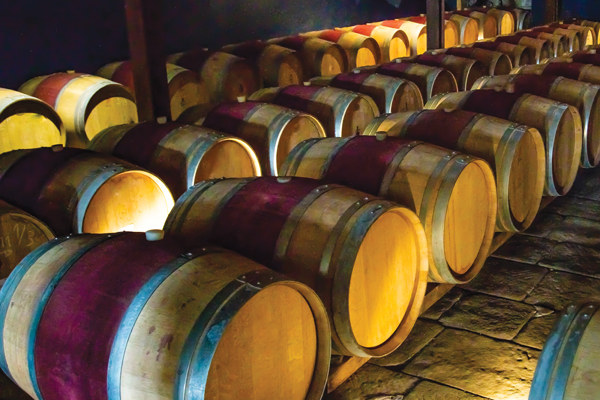Many of us enjoy a good glass of wine, and some of us go to great lengths to collect a fine, vintage bottle. For others, an interest in wine may evolve into an investment strategy.
In a way, wine investors are like anybody else investing in scarce, tangible assets—like rare coins, classic cars or antiques. Their passion for the product aside, they are finding that wine also offers diversification and the potential for returns.
As interest in wine as an investment has increased, a series of indices have emerged to track prices in the fine wine market. The industry-leading benchmark is the London International Vintners Exchange, which includes the Liv-ex Fine Wine 100 Index tracking the top 100 most sought-after wines. The index generated a five-year return of more than 22% through the end of 2018.
That figure doesn’t mean you should overfill your portfolio with wine, of course—any more than you would another single investment. Wine, like other passion investments, should represent only a small part of a diversified portfolio and needs to fit within the context of the overall asset mix.
Different Approaches To Wine Investing
Many wine fans and collectors think buying premium bottles is the only way to invest in the product. But there are actually several different ways to tap this market:
• Wine futures: This means investing in wine that’s still aging in the barrel and sold as is. With this option, you invest up front, but the wine is typically not bottled for at least two years and not shipped from the winery for three years after harvest. This is a speculative purchase in which you’re trying to predict the quality in advance based on a variety of factors, including your knowledge of the vintner and the weather.
• Pre-arrivals: This investment is in wine that’s bottled but not yet officially released on the market. Since these are young bottles, the price you pay may be lower than the retail price. The quality of the product may also be more evident than it is in wine futures, and the turnaround time for making profits may be faster.
• Market wines: This means buying wines that can already be purchased on the open market. In this case, you may have a clear sense of what the volume of production has been for a given vintage and a better idea of the quality. Certain wines may be in high demand and sell out quickly when they initially come to market. Because the quantities are limited—just as those of stocks, bonds and other securities can be limited—there’s also a secondary market for wine.
Thirsty For Diversification? Consider Wine
July 1, 2019
« Previous Article
| Next Article »
Login in order to post a comment









